One particular record – Michael Jackson’s ‘Thriller’ – will go down as their magnum opus with Swedien’s extraordinary mixing and unorthodox methods combined with Jones’s magical arranging and orchestrating composition skills. Over the course of 8 months in 1982, the ‘Thriller’ album was recorded at Westlake Recording Studios in West Hollywood, California and went on to sell over 47 million copies.
The architects of Jackson’s sound, Swedien and Jones broke new ground by employing cutting-edge technology.
Want to re-create the magic in your studio?
Here’s a breakdown of the rack-mount gear they used in the studio to produce ‘Thriller.’ For those that don’t have a $28,000+ studio budget and access to great studio repair technicians, I’ve listed some modern-day alternatives and links to ITB software emulations where applicable.
‘Thriller’ Studio Rack 1
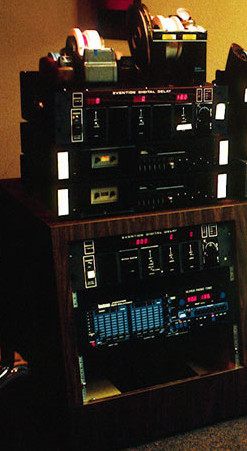
- Eventide 1745M Delay
- Eventide 1745M Delay with the Delay/Flange/Pitch module and 2 straight delay modules.
- Technics M-85 cassette deck
- Technics M-85 cassette deck
- Eventide 1745 Delay
- Lexicon Model 97 Super Prime Time
Eventide 1745M Delay

Eventide 1745M Image: ClassicKISSSound
The Eventide 1745 was released in 1971 with a sale price of $3,800 (approx $17,600 in today’s dollars if you factor in inflation over time). Studios would usually buy Eventide’s 1745 to use as a pre-delay for a plate reverb.
Later on the DDL 1745M (“M” for memory) was released. The updated version was able to delay audio with much finer resolution and to vary delay relatively smoothly which also made pitch change possible. The DDL 1745 digital delay was inducted into The NAMM Foundation’s TECnology Hall of Fame in 2018.
Enjoy this amazing video on the history of the Digital Delay line…
- Original Hardware: Eventide Digital Delay Model 1745M (eBay: $3000-$5000)
- Modern Alternative 1: Eventide: DDL-500 500-series (Amazon $899)
- Modern Alternative 2: Eventide EuroDDL (Sweetwater: $399)
Technics M-85 cassette deck

The Technics M-85 was the first stereo cassette deck to feature a Quartz D.D. System in the World. Built in 1978, Technics developed a new capstan drive D.D. motor that was compact and boasted high power and high performance. The digital FL display provided a wide display range and accurate response, allowing precise setting of recording level.
- Original Hardware: Technics M-85 (eBay: $35-379)
- Modern Alternative: Technics RS-B100 (eBay $1000-$1700…is 1984-87 modern?)
Lexicon Model 97 Super Prime Time

Lexicon’s Programmable Digital Delay Processor features up to 640 ms of audio delay (at 20 kHz bandwidth). The unit incorporates high resolution analog-to-digital convertors and carefully optimized audio circuitry for clarity and wide dynamic range. Sounds insanely good on synths and drums…
- Original Hardware: Lexicon Super Prime Time Model 97 (eBay: $1800 – $2350)
- Modern Alternative: OTO Machines BIM (Perfect Circuit $569)
- ITB Alternative: Soundtoys Primal Tap (Plugin Boutique: $149)
‘Thriller’ Studio Rack 2
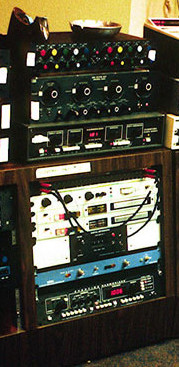
- GML 8200
- UREI 565 Little Dipper
- Eventide 910 Harmonizer
- Innovonics Compressor
- Two Dolby 361
- URIE 964 Digital Metronome
- Orban 526A De-Esser
- Eventide H-949 Harmonizer
GML 8200 Parametric Equalizer
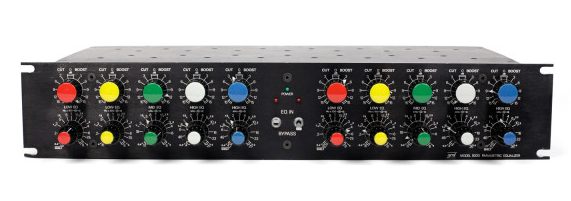
Swedien potentially had access to an early version of the 8200. The GML 8200 is regarded as being one of the highest-quality EQs available and renowned for its incredible detail, resolution and clarity, making it ideal for very precise and surgical-style EQ work for high quality audio. The 8200 is a staple fixture of many top-tier mixing and mastering engineers. The EQ was designed by George Massenburg, a recording engineer, who is a key figure in the development of parametric equalization. Massenburg, masterfully walks you through the 8200 below…
- Original Hardware: GML 8200 Parametric Equalizer (eBay: $4200- $6150)
- Modern Alternative: Sontec MEP-250EX (Vintageking: $3200)
- ITB Emulation: Sonnox Oxford EQ with GML 8200 Option (Plugin Boutique $270)
UREI 565 Little Dipper

The Universal Audio/UREI 565 “Little Dipper” filter set combines computer aided active filter design with space-age integrated circuitry. It has some of the tightest band filters ever made, and is most famous for this incredibly tight 5% Q on its dual-band filters.
Super popular in post-production studios due the devices ability to remove undesirable audio content. Music producers / audio engineers found other reasons…using the notch filters to produce “phasing” effects. A double phasing effect could be achieved by using both notch filters simultaneously.
- Original Hardware: UREI 565 Little Dipper (Reverb: $500)
- Modern Alternative: API 565 Filter (API $595)
- ITB Emulation: Eventide EQ 65 Equalizer (Gobbler: $29 p/m or Anthology X: $1799)
Eventide 910 Harmonizer

Distort time and space with the Eventide 910 Harmonizer. Released in 1975, it was a digital multi-EFX device from the future. With its unique combinations of pitch shifting, modulation, and delay, the H910 would make its way onto countless ground-breaking tracks by artists from AC/DC to Frank Zappa. One particular record that heavily incorporated the Eventide 910 effects was Bowie’s Low album produced by Tony Visconti. Visconti, described the H910 as digital processor that “fucks with the fabric of time” on a pre-album phone call to Bowie and Eno. Bowie dropped the phone and was sold. Visconti was on the money – time and space were truly altered…
- Original Hardware: Eventide H910 (eBay: $1545 – $1800)
- Modern Alternative: Eventide H9 Core (Amazon $399)
- ITB Emulation: Eventide H910 Harmonizer Plug-in Suite (Sweetwater: $249)
Inovonics 201 Compressor

The Distressor of the 70s – The Inovonics analog solid state compressor/limiter was extremely hot with LA recording studios in the 1980s. Recording engineers were using it exclusively on their kicks and snares. Pretty hard to come by – they can bring a unique color/sound to your mix.
- Original Hardware: Inovonics Compressor (Reverb: $699-$900)
- Modern Alternative: Empirical Labs EL8 Distressor (Amazon: $1450)
- ITB Alternative: ELI Arousor Compressor Plugin ($199)
Dolby 361 – Noise Reduction System
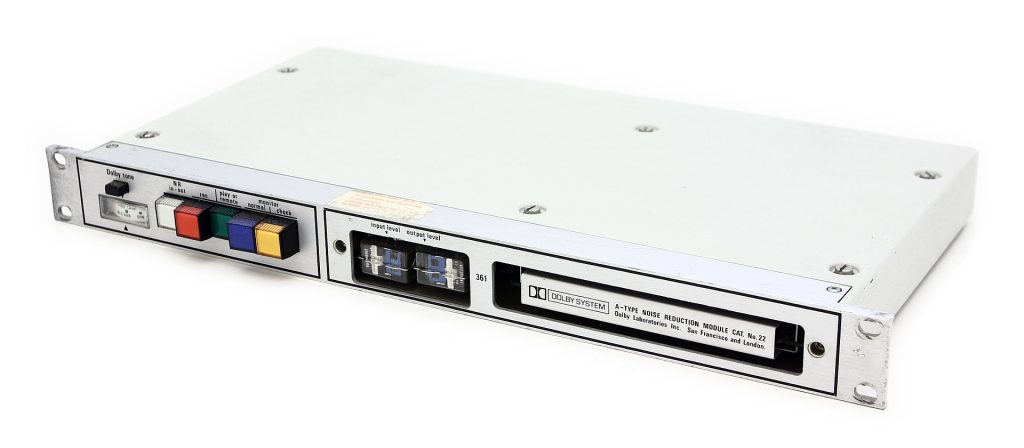
The Dolby 361 – Noise Reduction System is designed to reduce tape hiss on analog tape machine recordings. Producers pushed the device further discovering that simply recording a Dolby A-encoded signal onto tape then leaving out the decoding stage during playback would produce an artificially bright-sounding signal – basically hacking the 361 into an exciter. Using the 361 this way would produce a sweet high-frequency detail while tightening up the mid-range to boot. Nice.
- Original Hardware: Dolby 361 (eBay: $299-$799)
- Modern Alternative: Standard Audio Stretch 500 Series (VintageKing: $695)
- ITB Emulation: Audiothing Type-A (AudioThing: $59)
Orban 526A De-Esser
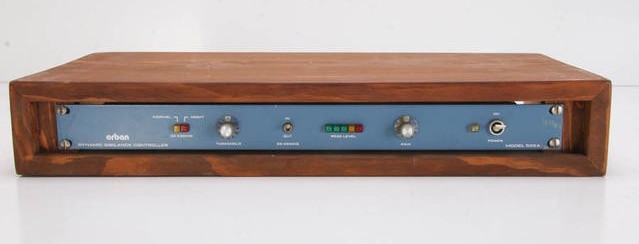
The Orban 526a is a de-esser (deesser) is a simple to use dynamic sibilance controller. The 526A attacks in approximately 1mS and recovers in approximately 10mS. It can thus act on sibilance without affecting surrounding vocal sounds. Tame those “s,” “f,” “t” sounds with amazing precision. Key piece of kit for Phil Collins’ signature vocal sound in the 1980s.
- Original Hardware: Orban 526A De-Esser (eBay: $205)
- Modern Alternative: Empirical Labs ELDS DerrEsser (Sweetwater: $475)
- ITB Alternative: Fab Filter Pro-DS (Fab Filter: $149)
Eventide H-949 Harmonizer
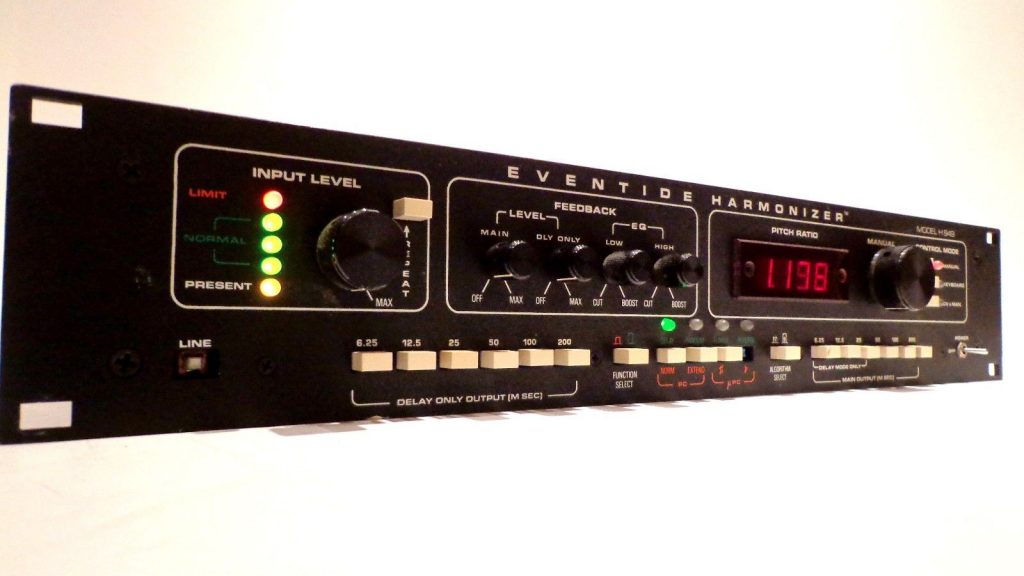
The Eventide H949 is more than likely on every hit album made in the 70’s and 80’s as this piece of gear was in every rack, in every pro-studio around the world. It was built on the legacy of the H910 pitch shifter, the H949 was Eventide’s first de-glitched pitch-shifter.
During the 80’s boom years where you had 12-inch singles being released with multiple remixes and the advent of CD’s taking off (with the need for bonus mixes) – an Eventide in the rack would most definitely give you an edge when it came to remix duties…
- Original Hardware: Eventide H-949 Harmonizer (eBay: $800 – $1,140)
- ITB Emulation: H949 Harmonizer Plugin (Gobbler: $29 p/m or part of Anthology X $1799)
- ITB Alterative: DISCORD 4 (AudioDamage: $59)
‘Thriller’ Studio Rack 3
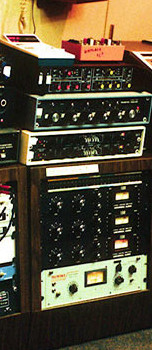
- Lexicon 224 LARC
Publison Fullmont relief-enlarger
UREI 545 Parametric EQ
UREI 1176
UREI 1176
UREI 1176
UREI LA-2A
Lexicon 224
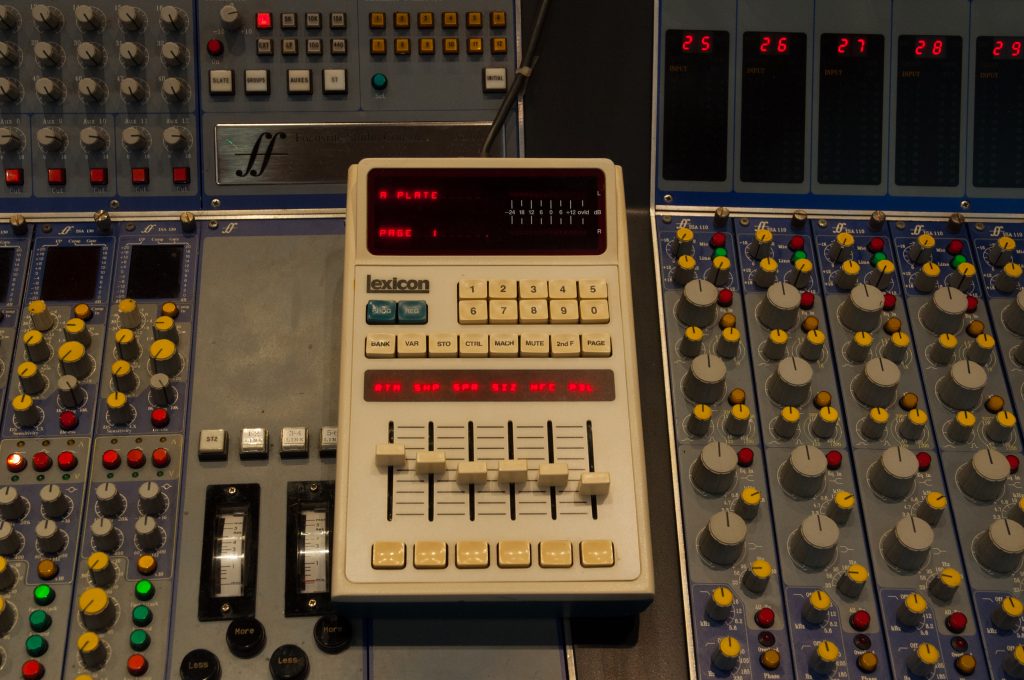
Released in 1978, the Lexicon 224 was one of the first readily available digital reverb units in the world. As used by Vangelis on Blade Runner – the Lexicon 224 would make up a big part of the music and movie’s atmosphere, transforming audio passing through it into ethereal, surreal, swirling ambient beauty.
Swedien listed the Lexicon 480 LARC as the device used – but the 480L didn’t come out until 1986. The ‘Thriller’ Lexicon could be either a Lexicon 224 / 224X, an early prototype of the 224XL, or could it be that Swedien and co were using an insanely early prototype version (4 years prior to release) of the Lexicon 480L? Quite possibly.
- Original Hardware: Lexicon 240 (Reverb: $3000-4000)
- ITB Alternative: Relab LX480 (Relab Development: $399)
- ITB Alternative: Lexicon 224XL Impulse Response Library (Little Devil Studios: Free)
Publison Fullmost relief-enlarger
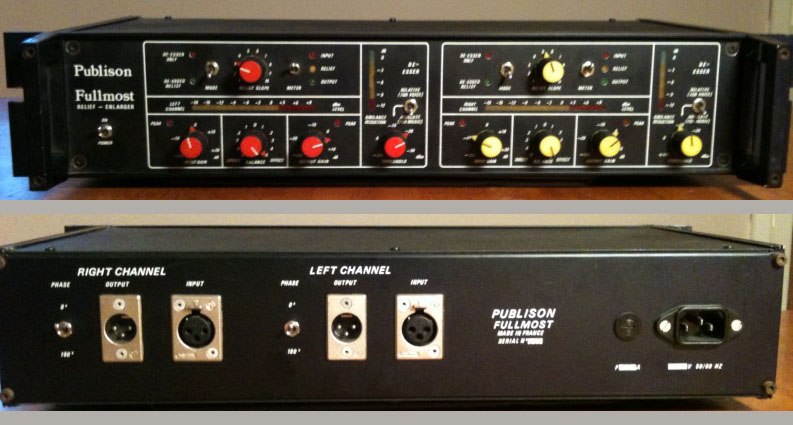
Super rare classic french exciter/de-esser. No equivalent quality on the market. A somewhat black box – if you see this unit for sale, let us know!
UREI 545 Parametric EQ

The UREI 545 features four sections of Parametric Equalization; each continuously variable in bandwidth, frequency, and boost and cut. You get two end cut filters tunable over a wide range for bandwidth restriction. The 545 is a somewhat under-the-radar outboard piece of gear that gives you that 70’s vibe. Works especially well on snares and guitars. Great look and feel to boot.
- Original Hardware: UREI 545 Parametric EQ (Reverb: $550)
- ITB Emulation: Eventide EQ 45 (Gobbler: 29 p/m or part of Anthology X $1799)
UREI 1176

The Universal Audio 1176 Compressor/Limiter was first introduced in 1968, another classic audio tool created by Bill Putnam Sr. The 1176 uses a Field Effect Transistor, or FET, as a voltage divider to accomplish the task of compression, in conjunction with I/O transformers and a Class A line level amplifier. The 1176 was meant to be a “true peak limiter” with a very fast attack of up to 20 microseconds, and lots of gain for a compressor: up to 45 dB!
‘All-button mode’ or ‘British mode’ is achieved when all four of the ratio buttons are pressed simultaneously…pushing the ratio somewhere between 12:1 and 20:1, and the bias points changing all over the circuit – producing a trademark overdriven tone.
- Original Hardware: UREI 1176 (Reverb: $2200)
- Modern Alternative: IGS Audio Alter 500 (Atlas Pro Audio: $775)
- ITB Emulation: Black 76 Limiting Amplifier (IK Multimedia: $99)
UREI LA-2A
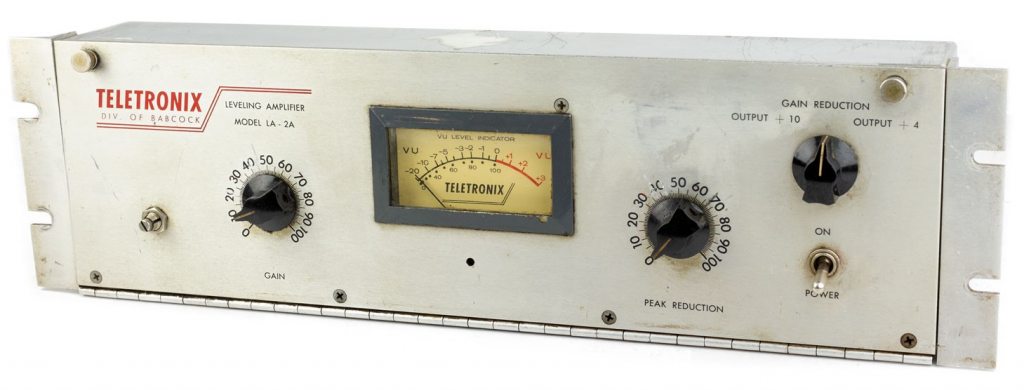
The LA-2A has a sonic character that makes it sought after by many recording engineers. Originally Invented by James F. Lawrence II, founder of the Teletronix Engineering Company, the LA-2A was later acquired by the Universal Audio group owned by Bill Putnam alongside the whole Teletronix broadcast division. The LA-2A works magic on drums, bass, vocals…
- Original Hardware: TeletronixLA-2A (eBay: $3,349.99)
- Modern Alternative: KLARK TEKNIK KT-2A (Amazon: $398)
- ITB Emulation: Native Instruments VC 2A (Native Instruments: $99)
‘Thriller’ Studio Rack 4
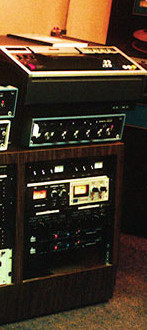
- UREI 545 Parametric EQ
DBX 160 VU
DBX 160 VU
UREI LA-4
UREI LA-4A
DBX 160X
DBX 160X
DBX 160 VU

The DBX 160 is a legendary piece of vintage analog audio gear. It’s a truly great sounding compressor that works for just about any application but shines through on drums – from kicks to snares, toms to overheads, delivering that famous “punchy” DBX drum sound. It’s surprisingly good on vocals, too.
Enjoy this video by The Vintage Musician (Wes Maebe) on Youtube walking you through the DBX 160..
- Original Hardware: DBX 160 VU (VintageKings: $2,495.00)
- Modern Alternative: Valley People Dyna-mite Compressor (eBay: $899)
- ITB Emulation: DBX 160 Compressor / Limiter (Waves: $29.50 Use Code “Half” at Checkout)
UREI LA-4
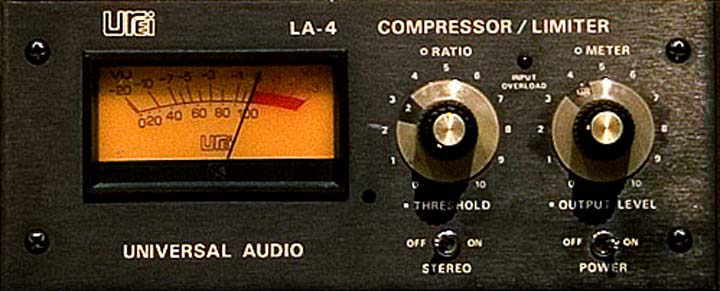
The UREI LA-4 allowed producers to select between ratios of 2:1, 4:1, 8:1, 12:1, and 20:1. The 20:1 ratio give you an aggressive sound that can seriously beef up your tracks.
This video contains audio output of vintage 1987 Urei LA4’s in stereo mode used to master a song to cassette tape. The ratio was set to 2:1 and they had about 2-3dB of gain reduction.
- Original Hardware: UREI LA-4 (eBay: $450)
- Modern Alternative: LA-4 Modded (Tangible Technolog: $100+ Upgrade Kit)
- ITB Emulation: Fuse Audio Labs VCL-4 (Fuse Audio: $59)
DBX 160X

A classic compressor up there with the likes of the 1176, LA2A, LA3A and Distressor as an essential audio compression tool (with the added bonus of being at an affordable price). The DBX 160X is a single channel compressor/limiter that features an exclusive combination of the DBX Over Easy and “hard knee” compression characteristics.
- Original Hardware: DBX 160X (eBay: $249-$299)
- ITB Alternative: Valley People Dyna-mite (Softube: $99)
Now that’s a rack – with the above gear you can now go on to create one of the most popular records of all time and sell 47 million records (well maybe switch the sales to streams in this new world of silicon dreams). You’ll also need the legendary mix engineering skills of Swedien and the composition chops and musical genius of Quincy Jones…
Soon I was up to mix 91!!! I had a stack of 1/2 inch tapes almost to the ceiling! We thought we had a really ‘HOT’ mix on “Billie Jean”.
Bruce Swedien
“Let’s hear mix number 2”
Quincy Jones
“Thriller” was released by Epic Records on November 30th, 1982, the final “Billie Jean” mix used was mix 2.
I highly recommend the book ‘In the Studio with Michael Jackson‘ that Swedien wrote about his time recording Thriller – where he shares his mixing insights and gear used. This 1-star review from Amazon should be enough to entice you… 😉
“First, this book has very little material on the great Michael Jackson. It’s all about Bruce Swedien. I bought it because of MJ, and the title certainly leads one to believe it’s about MJ, but it’s not. It feels intentionally misleading. Would the book sell many copies if MJ wasn’t in the title and the cover picture? Of course not. Yet MJ is infrequently mentioned in the book. And when he is mentioned it’s usually not in an interesting of revealing context. Instead the book focuses on which hardware Swedien used in the studio.“
Thank you Bruce Swedien for crafting a masterpiece of a record and inspiring mix engineers around the world.
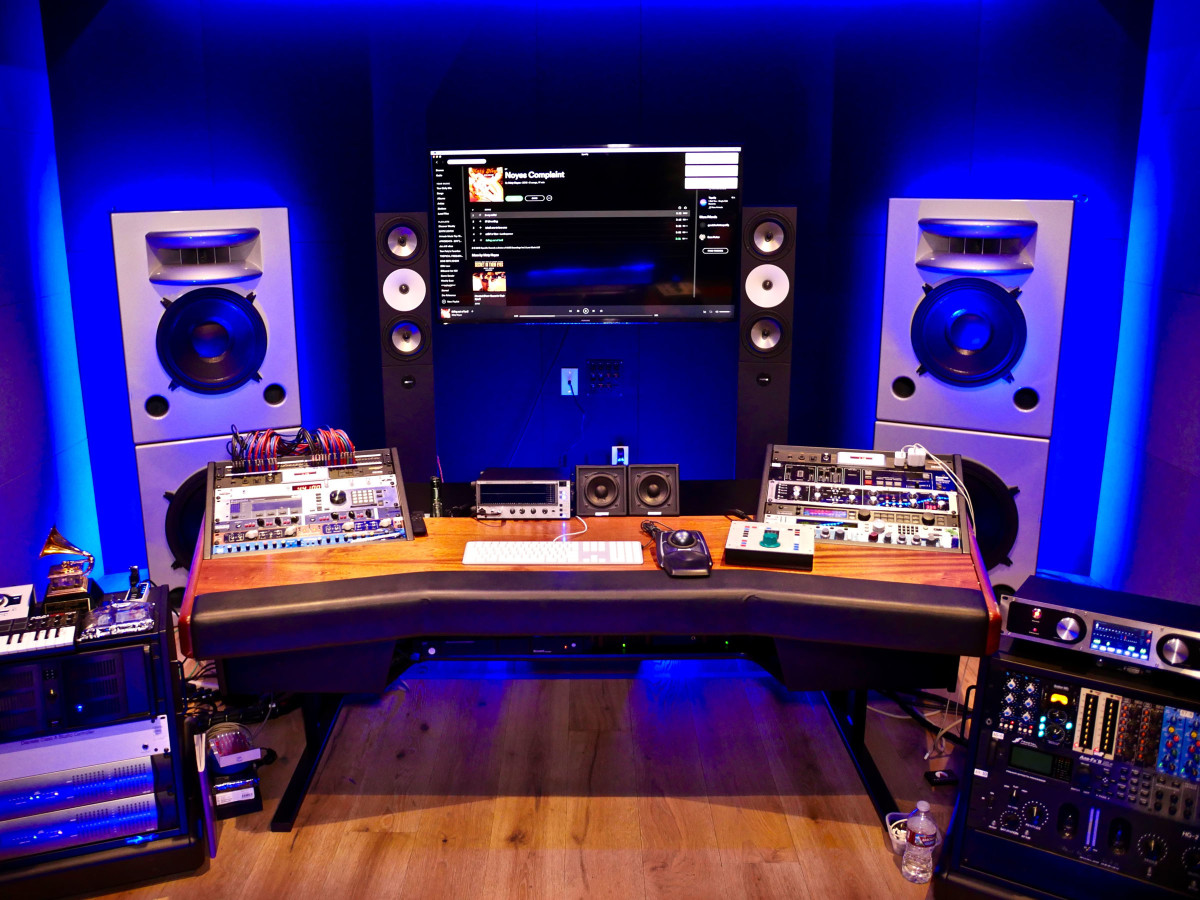
Crane Song Avocet
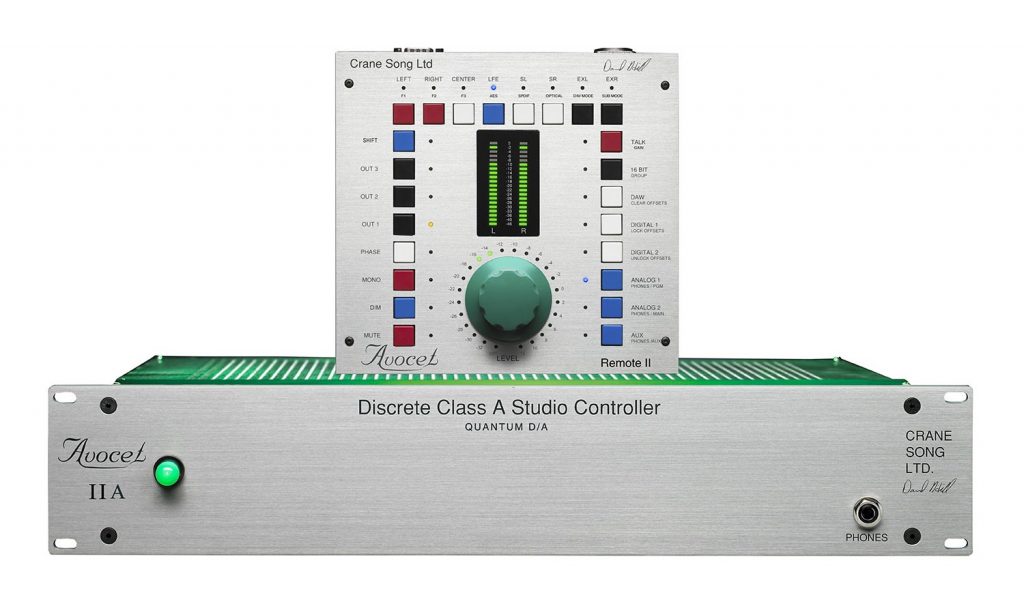
The Crane Song Avocet is designed to solve the problems of accurate monitoring and volume control as required by studios and mastering rooms alike. The Avocet controller has three digital inputs, three analog inputs and a headphone system.
Reftone 2LD Stereo Pair - Reference Monitors
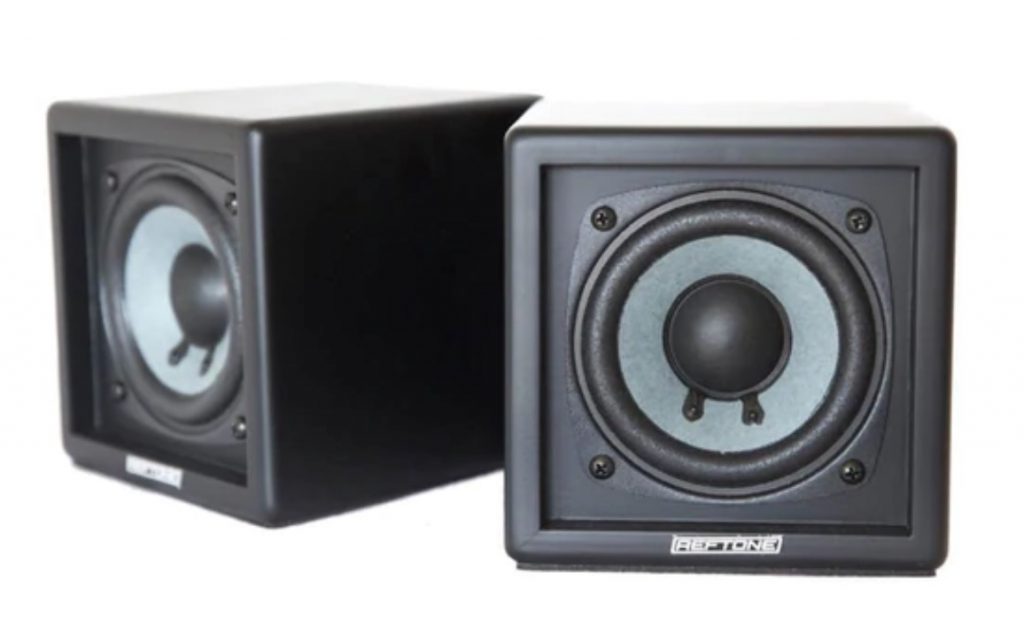
The Reftone 2LD reference monitors are modeled on the original Auratone 5c speakers. The Aurotones also known as 'horrortones' are speakers that sound like hell! If you can get your mix to sound good on these speakers - you've got a killer mix on your hands.
Alternatives to the Reftones/Aurotones are using an old school ghetto blaster, bouncing your track to your phone (the device the majority of people listen to music nowadays via streaming services...what a horror show, eh!). The Reftone company is ran by Dave Hampton who built custom versions for Prince & Herbie Hancock.
Analog Design – Black Box HG-2
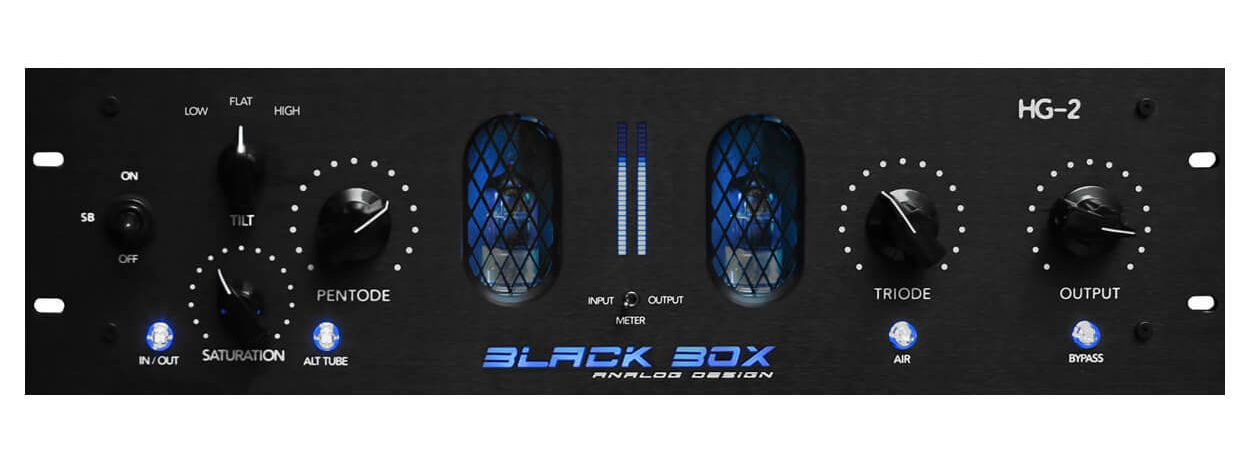
The Black Box HG-2 is a distortion unit inspired by the Thermionic Culture Culture Vulture. The HG-2 is an incredible piece of outboard gear...true analogue-tube magic. For those working in the box - Plugin Alliance's Black Box HG-2 is worth checking out.
Kush Audio – Clariphonic MS 2-Ch Parallel Equalizer

Kush Audio's Clariphonic parallel equalizer is a mastering engineers dream machine. Once you experience this on your 2-bus you'll never take it off.
Need Vintage 70’s Synths and Keys to Add to The Mix?
The V Collection 7 by Arturia is now on Splice Rent-to-Own. 24 iconic instruments including the Wurli V, Buchla Easel, Prophet V3 and Mellotron.
Try the V-collection free. 24 instruments. 6000+ presets.
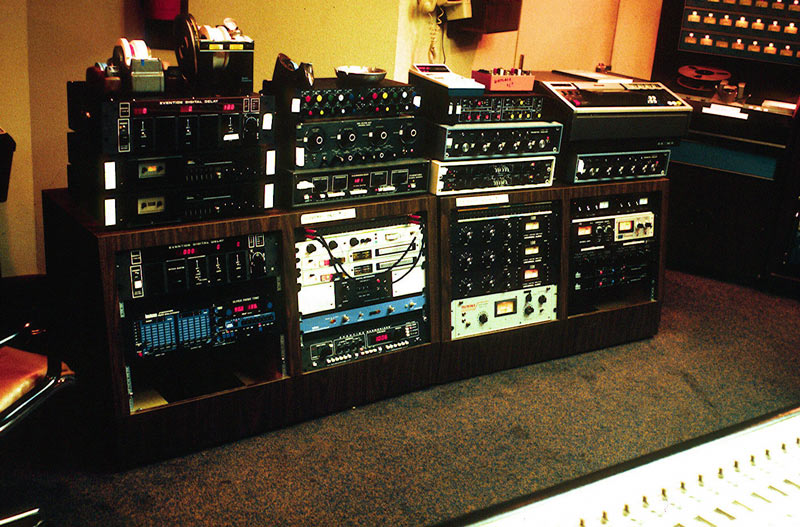
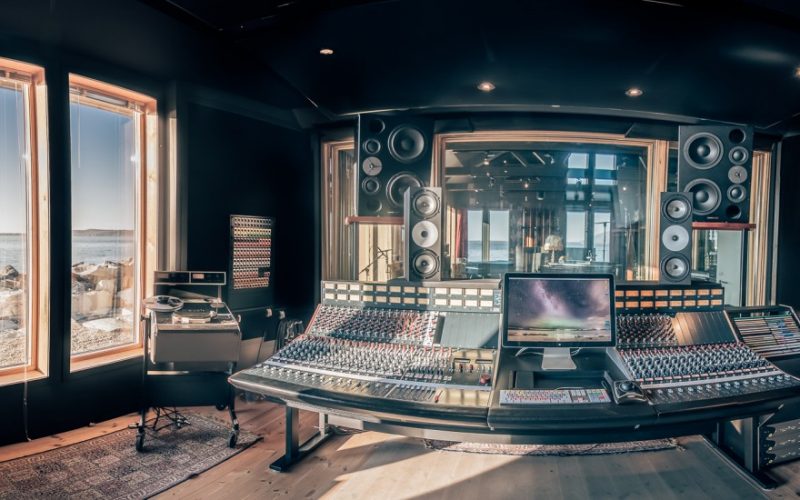
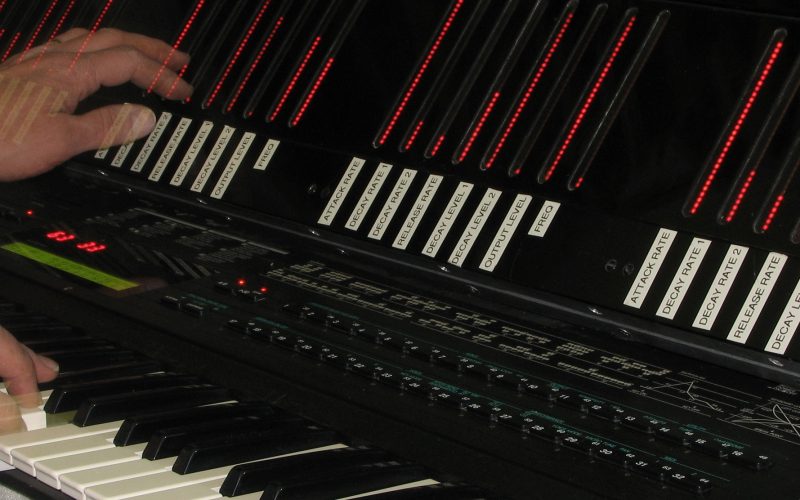
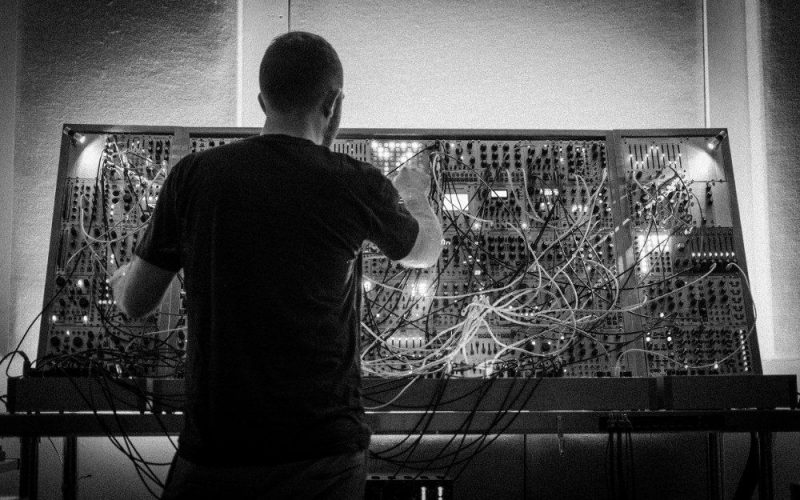
15 comments
EventideAudio reposted this Article on twitter.com.
mkd1287 NE: 8-1 🍂🏈🦃🥧 reposted this Article on twitter.com.
Ian liked this Article on twitter.com.
hearty fall beef stew and Jiffy dumplings dot com. liked this Article on twitter.com.
mkd1287 NE: 8-1 🍂 🏈 🦃 🥧 liked this Article on twitter.com.
Tehh liked this Article on twitter.com.
HiroProtagonist 💾 liked this Article on twitter.com.
Jonathan Scales liked this Article on twitter.com.
Rosso. liked this Article on twitter.com.
H liked this Article on twitter.com.
Drivin’80s liked this Article on twitter.com.
Brian Wilkins liked this Article on twitter.com.
EventideAudio liked this Article on twitter.com.
Ender liked this Article on twitter.com.
Atsushi Nakayama a.k.a electrounin (エレクト浪人) liked this Article on twitter.com.